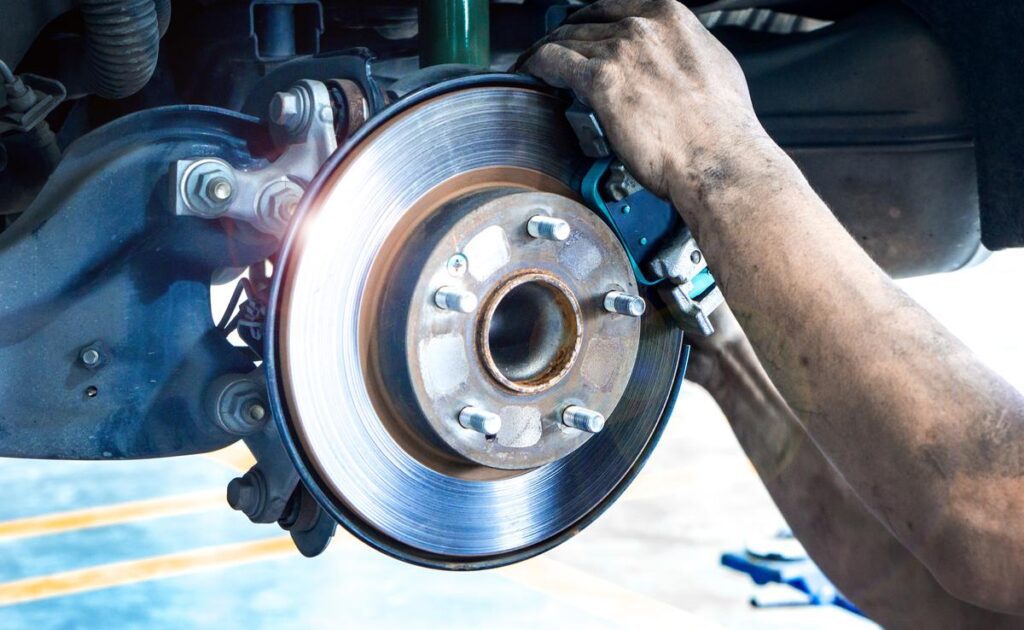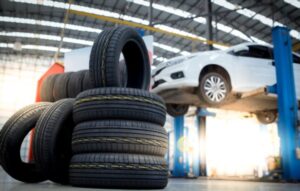Unbeknownst to many drivers, maintaining correct tire pressure is not only essential for ensuring a smooth and fuel-efficient ride, but it can also significantly impact braking performance. Abrupt halts and emergency stops often require split-second reaction times, and having properly inflated tires can make all the difference between a safe stop and a potentially perilous situation. In this article, we delve into the fascinating realm of tire pressure and its direct influence on braking performance, highlighting the importance of this often-overlooked factor when considering tire replacements.
The Science behind Braking Performance
Braking performance is influenced by a myriad of factors, such as road conditions, the quality of brake components, and the weight distribution of the vehicle. Surprisingly, tire pressure joins this list as a crucial factor that drivers must pay attention to. When your tires are inflated to the recommended pressure levels, the tire footprint—the part of the tire that contacts the road surface—becomes optimal. This means that the tire’s contact patch is large enough to provide sufficient grip, ensuring a stronger and more controlled braking force. On the other hand, if tire pressure is too low, the contact patch decreases, creating a less effective grip and reducing overall braking performance.
Furthermore, underinflated tires tend to flex more during braking, generating additional heat due to increased friction. This excess heat leads to a decrease in braking efficiency and can significantly impact the responsiveness of the vehicle. To put it simply, inadequate tire pressure compromises the tire’s ability to maintain a strong grip on the road, hindering the effectiveness of the brakes.
The Dangers of Incorrect Tire Pressure
The consequences of neglecting proper tire pressure extend far beyond braking performance. In fact, ignoring this fundamental aspect of tire maintenance can result in severe safety risks and financial burdens. Firstly, underinflated tires increase the likelihood of a blowout, as the added flexing and heat buildup can cause the tire to fail unexpectedly. Such an occurrence not only puts you and your passengers in immediate danger but can also lead to costly repairs and potentially even accidents.
Moreover, incorrect tire pressure affects the overall handling and stability of your vehicle. When braking, a car with underinflated tires is more prone to skid or slide, making it challenging for the driver to maintain control. This lack of stability can be particularly perilous in precarious weather conditions or emergency situations, where swift and controlled braking is of utmost importance. On the other hand, overinflated tires can decrease the tire’s contact patch, reducing the grip and compromising the stability of the vehicle during braking.
Considering the vital role tire pressure plays in braking performance and overall road safety, investing in high-quality tires becomes an indisputable necessity. By choosing tires designed to maintain optimal pressure levels, you not only enhance your vehicle’s braking capabilities but also ensure a safe and confident driving experience. Don’t underestimate the impact of tire pressure—your life and the lives of others on the road may depend on it.


